Being a Car of the Year juror has its perks. Superb access to the industry’s top executives. The earliest chance to drive the very latest new cars. World-leading expertise in mid-size electric crossovers.
The last of those felt like a key part of the brief in the 2023 testing cycle to decide the 2024 Car of the Year, because every launch that year seemed to be a 4.5m-long, five-seat electric car from a mainstream European manufacturer.
Such is the launch cycle of new cars and, as a result, the all-new cars tested for Car of the Year, and the convergence of industry trends. A year later and smaller cars made up the bulk of testing.
The Renault Scenic emerged as the very best of the breed in the class of 2024, according to the 60-strong pan-European jury, beating the likes of the Peugeot 3008 and Volvo EX30. There was a sense of surprise even from those within Renault that the Scenic had won given that its major EV push was to come a year later with the Renault 5.
But that’s no slight on the Scenic or its achievement. Car of the Year is only ever a reflection of the cars launched that year (if they’re all mid-size electric crossovers, then that’s the way it is) and cars can only beat what’s put in front of them.
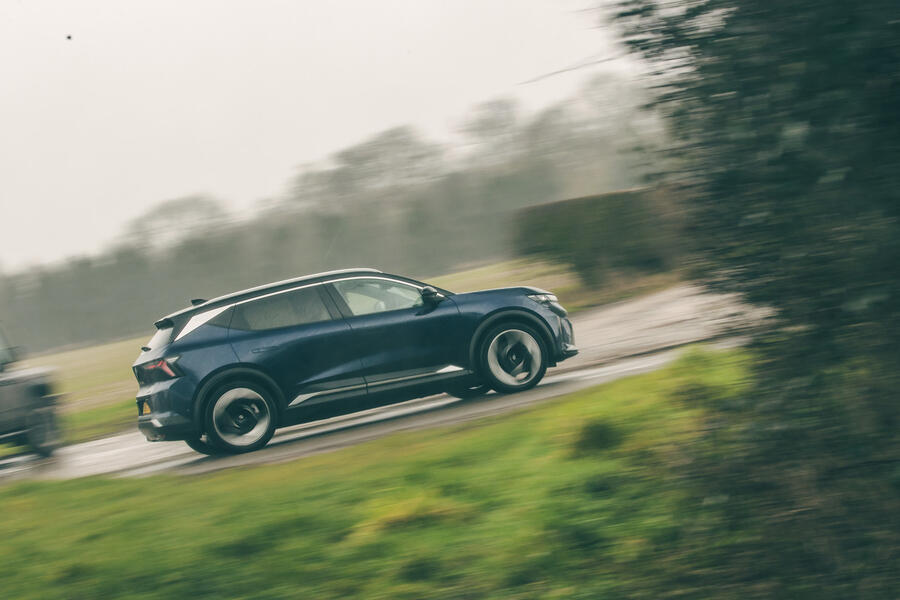
The Scenic did just that and stood out from its peers for both rational and emotional qualities, such as its impressive kerb appeal. This new Scenic is quite different from models that wore the badge before.
It has morphed from a versatile MPV into a mainstream large five-seat hatch, effectively a longer and taller Megane to free up more interior space. So big is the departure from the original Scenic to this new one that you wonder if the Scenic badge is an apt one, yet we’ll leave such conclusions for the miles and months to come.

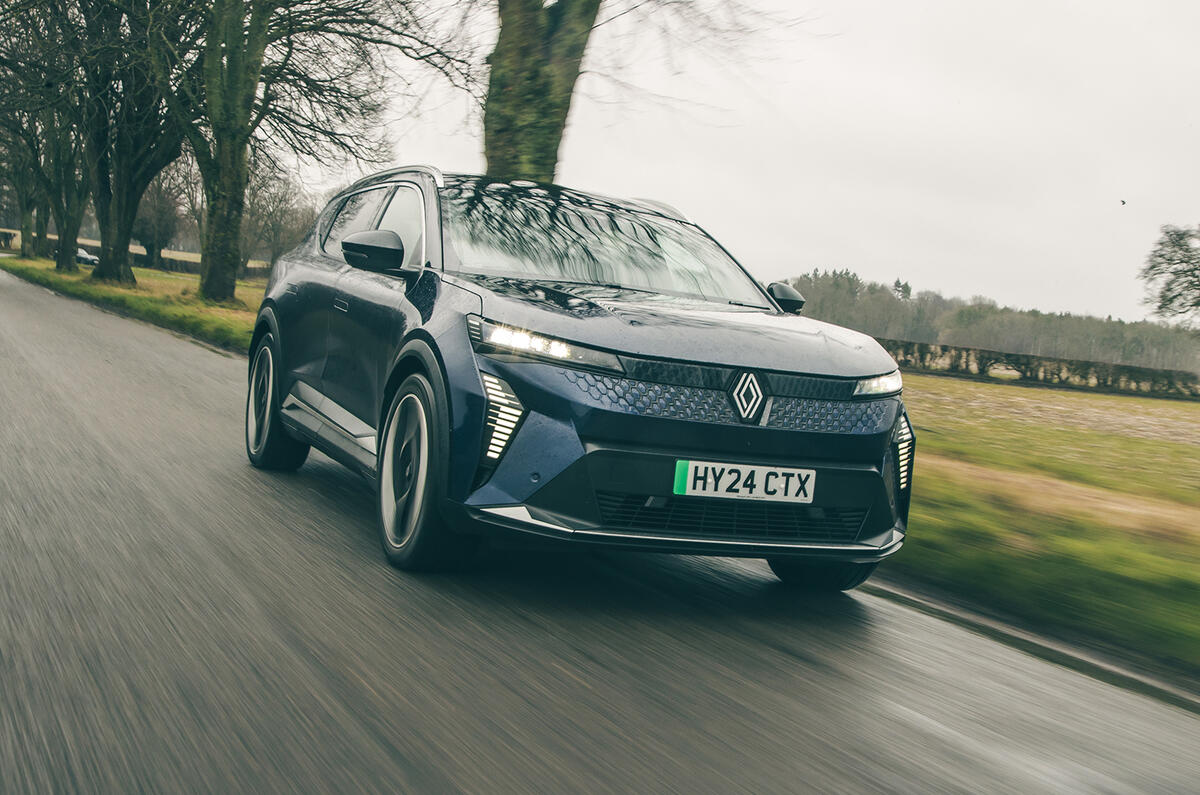

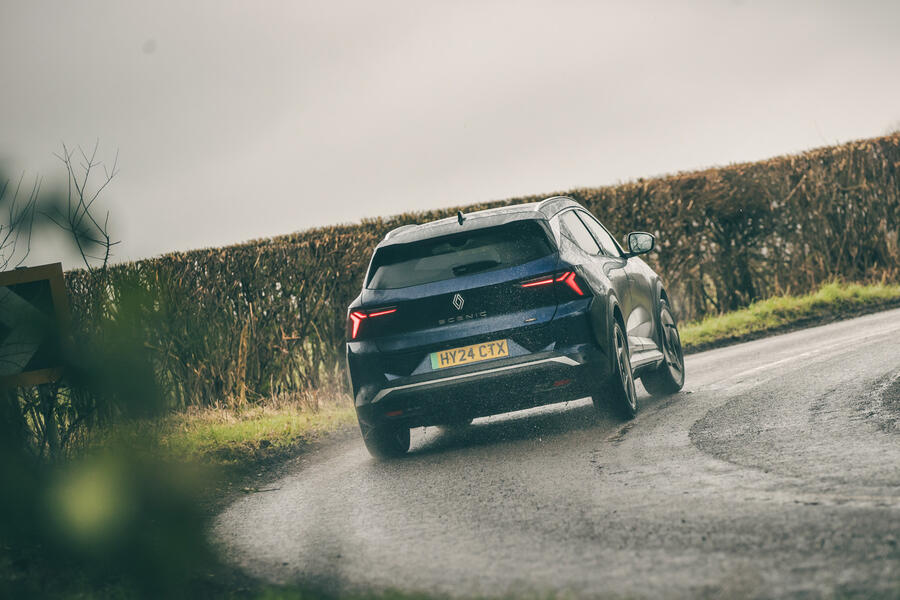
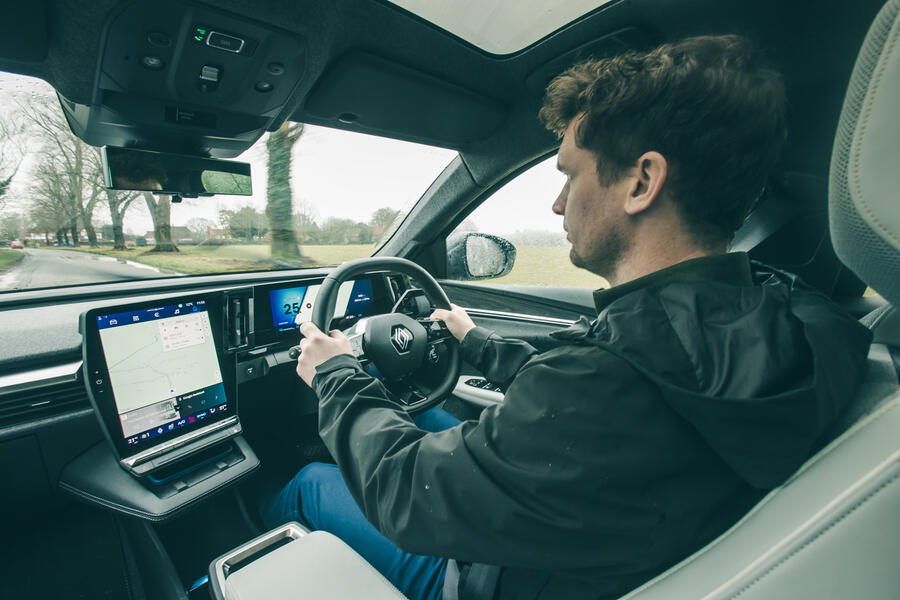
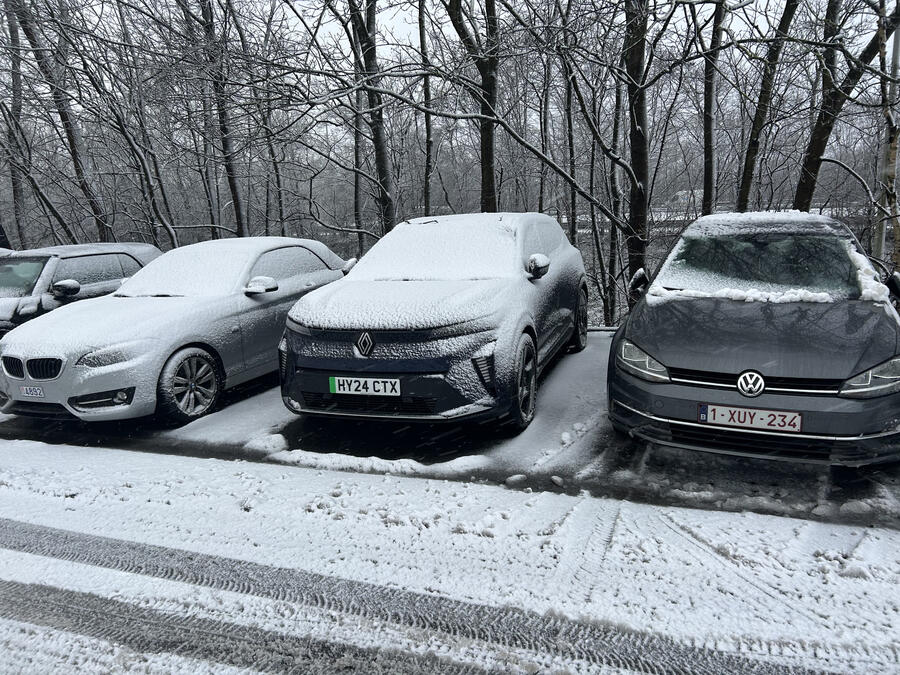
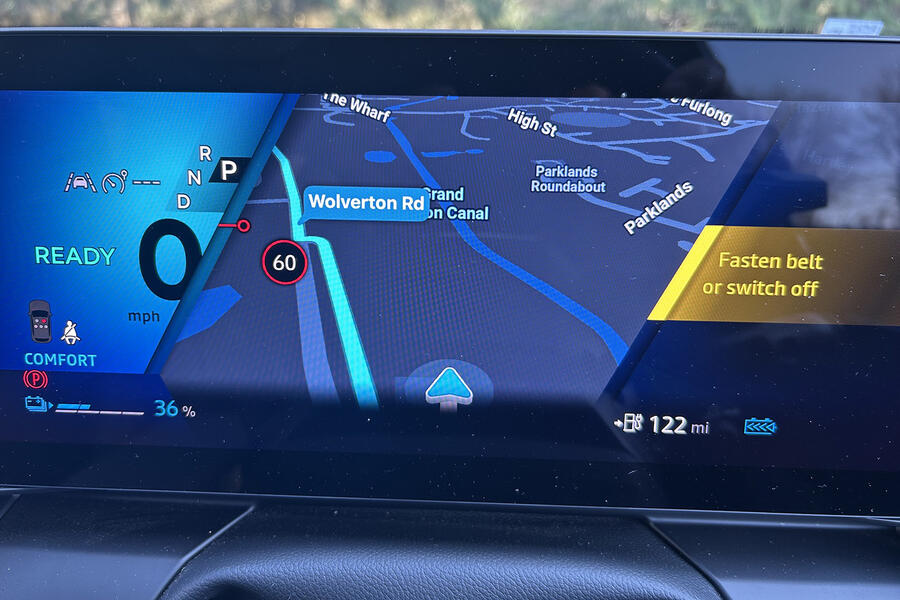
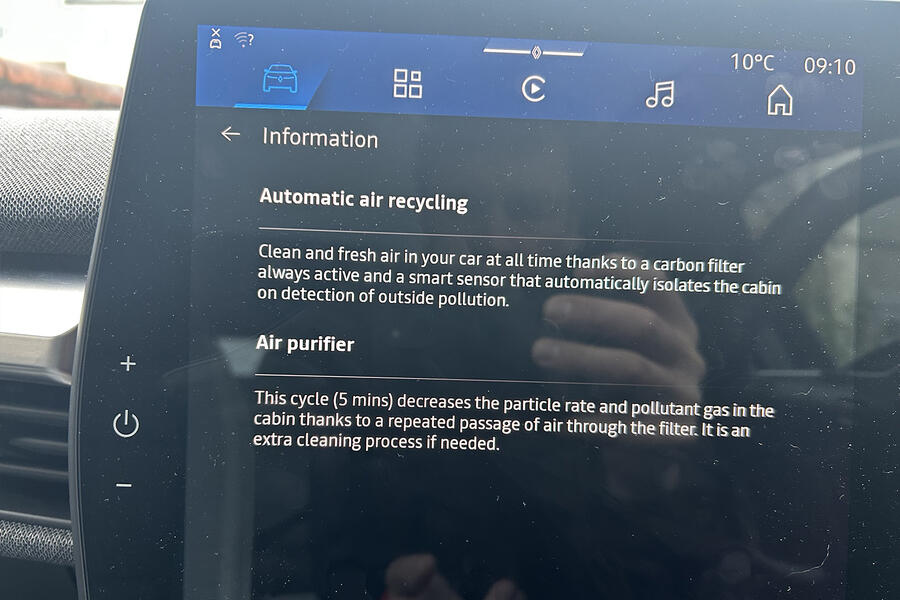
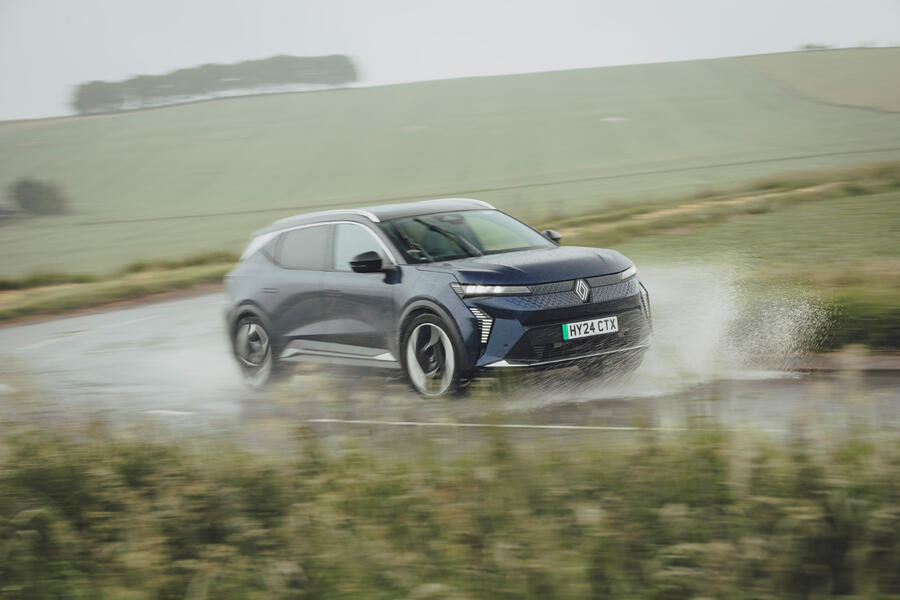
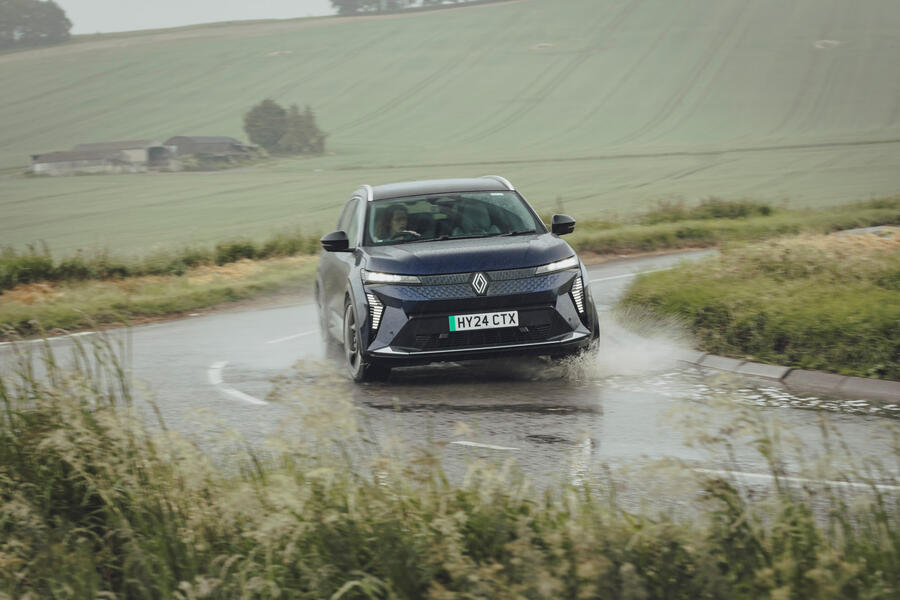
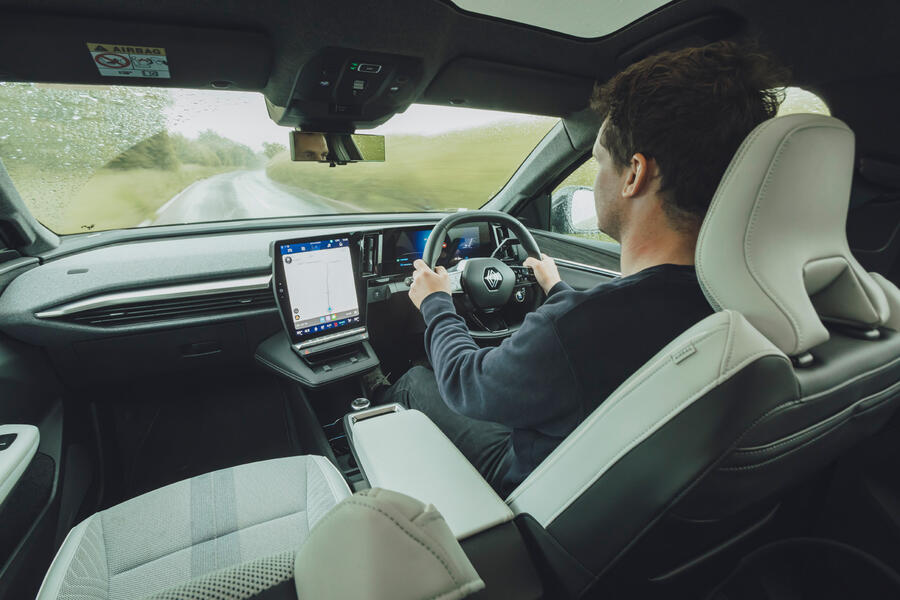





Join the debate
Add your comment